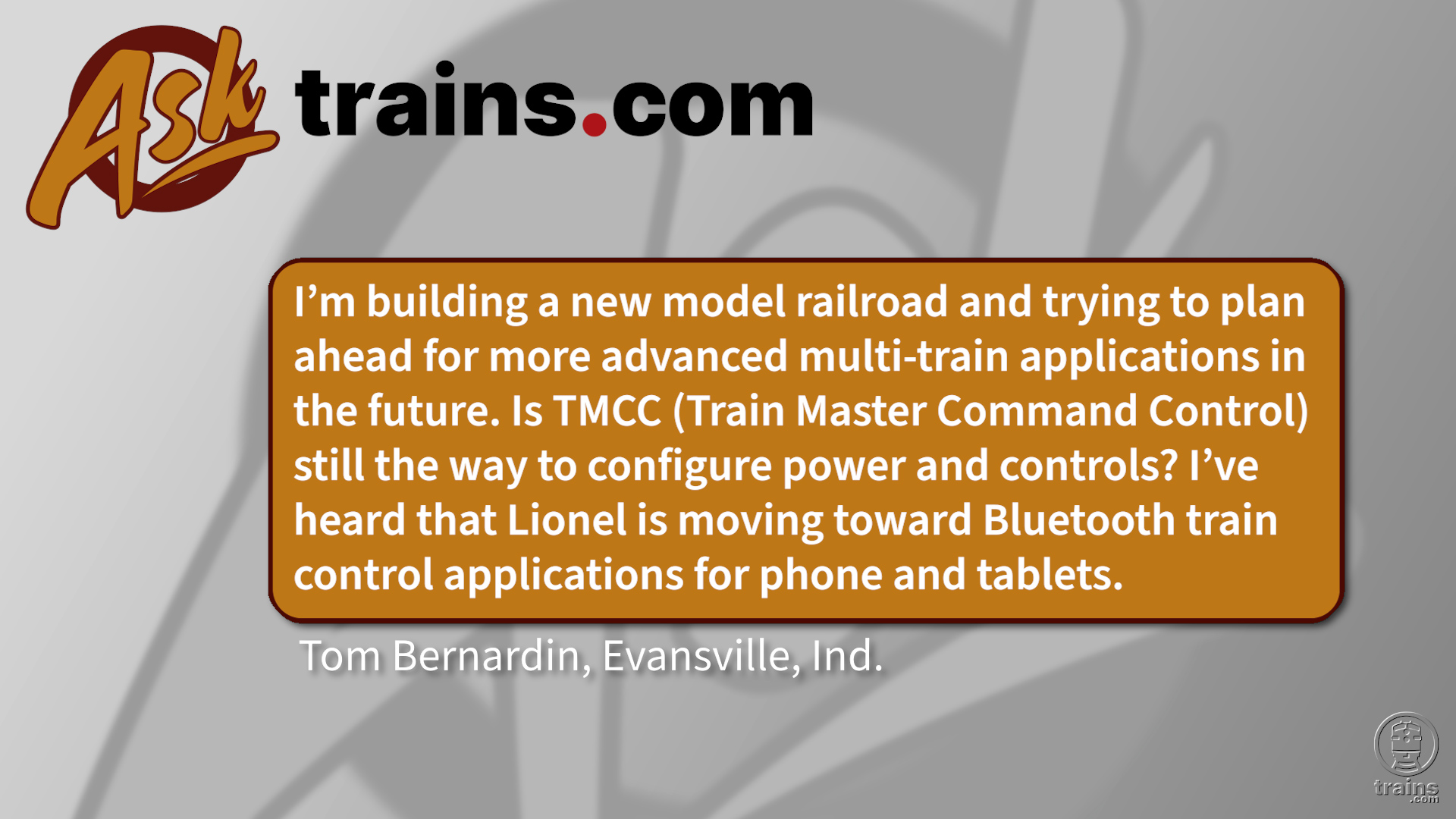A: First of all, is the track new or are you using recycled older sections? If the latter, make sure the pins are tight and there is no rust or corrosion on the inside of each tubular rail. Of course, the outside surfaces should be cleaned as well.
It doesn’t take much to create a voltage drop that will compound itself on a large layout. Make sure all the connections are tight.
O-27 track isn’t as good at carrying power as the heavier O gauge. For track feeders, we usually recommend a minimum of 16-gauge copper wire. On such a large layout, you probably will need one every 6 to 8 feet. The easiest and most economical way to do so would be to lay a loop of 16-gauge wire – a power bus, if you will – parallel to the track, with feeders from the bus to the track at the recommended intervals. This is better than having many 40-foot feeders from the transformer.
The higher the transformer wattage capacity, the better. The big boys, such as the Lionel ZW, were created for large layouts. MTH also offers an excellent transformer, the Z-4000, for heavy-duty train operation. You may be looking at 200 watts, minimum, depending on the trains you run. It is best to have a separate transformer for your accessories.










